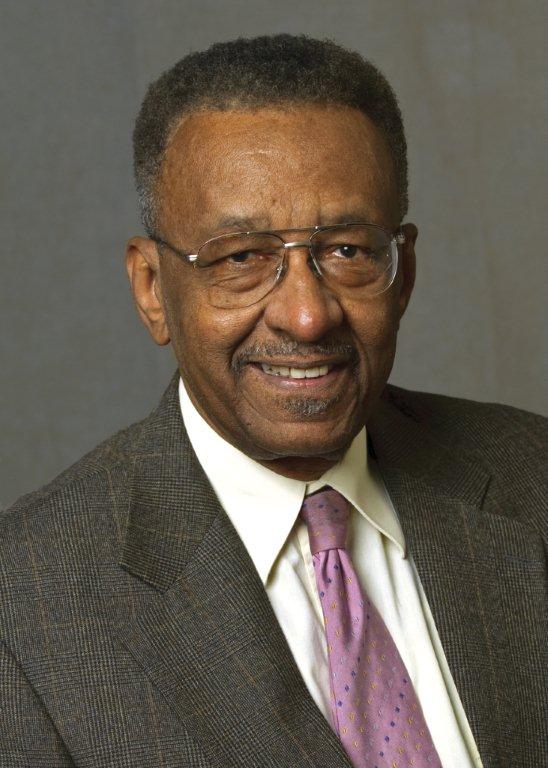Aversion therapy is sometimes used when there are associated behavior patterns that are pleasant but might be regarded by a third party as undesirable.
For example, alcoholics love consuming large amounts of alcohol. Aversion therapy involves associating alcohol consumption with a very unpleasant stimulus. One method is to require the alcoholic to take a sip of whiskey having first taken a nausea-inducing drug. Sipping the whiskey is followed immediately by violent vomiting. In future, just the smell of alcohol produces the unpleasant memory of vomiting – and hopefully the patient will stop drinking.
Aversion therapy is used in the treatment of compulsive gambling, sexual perversions and various phobias. The Federal Aviation Administration (FAA) has come up with its form of aversion therapy. Flying to one destination or another to deliver lectures on a range of economic topics used to be pleasant, but not any more. The FAA has successfully treated me with aviation aversion therapy. Occasionally, I must fly somewhere. I don’t vomit in anticipation, but I succumb to an almost uncontrollable rage on route to the airport that’s intensified by the question, “May I see your ticket and photo I.D.?”
Being asked for a ticket and photo I.D. is reasonable, but it’s a precursor of what follows. My carry-on luggage is tossed on the conveyor belt for x-ray. I walk through the metal detector. Suspenders, watches, wallet, cigarettes, tiepin, belt and ring can set off the alarm. I’ve learned that, so those items are removed and placed in my brief case, and so are my eyeglasses.
Despite de-metalizing myself, it’s no guarantee that the alarm won’t go off. When it does, a guard escorts me to a chair to wand my legs and crotch. He orders me to take off my shoes, and they’re x-rayed. Finally, there’s the order for me to stand, arms outstretched, for more wanding. Guards sometimes attempt to exchange pleasantries. I just look at them saying not one word, for fear of saying what I felt would lead to arrest. Instead of pleasantries, they might apologize for the delay, inconvenience and sheer stupidity of a procedure that imposes high costs on millions upon millions of Americans who are no air safety threat whatsoever.
The FAA’s aversion therapy has worked well with me. My rule is if the travel distance is 300 miles or less, I drive instead of fly. Flying is safer than driving 300 miles, but considering the two hour pre-flight arrival time, driving might get me to my destination just as quickly as flying, not to mention having been spared the psychological costs of airport hassle. If there are other Americans like me, FAA’s aviation aversion therapy has been costly to the airlines.
There must be a better way. After all, if one’s looking for a needle in a haystack, he need not examine every straw. Or, if one is trying to find out which hand grenades are duds, he needn’t explode every hand grenade. Robert Poole, a senior researcher at the Los Angeles-based Reason Foundation, suggests the issuance of a “trusted traveler” I.D. To get one, you’d fill out an application – much like an application for a concealed weapon carry permit. Upon completion of an investigation, you’d be issued a tamper-proof “trusted traveler” I.D. that’d permit you to move through a line where there’s less intense passenger screening.
The FAA will receive an apology the very day I hear a news story that an 80-year-old woman, a wheelchair bound amputee and a 6-month old baby, led by an instantly recognizable famous former U.S. congressman such as Newt Gingrich, have hijacked an airliner and flown it to Cuba.
